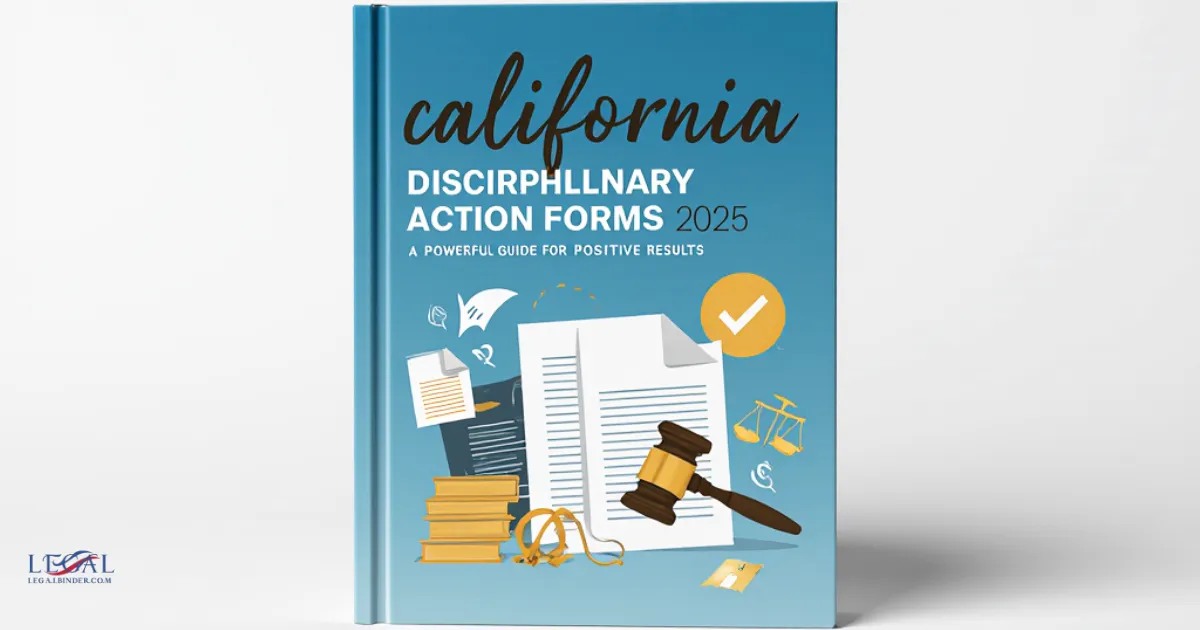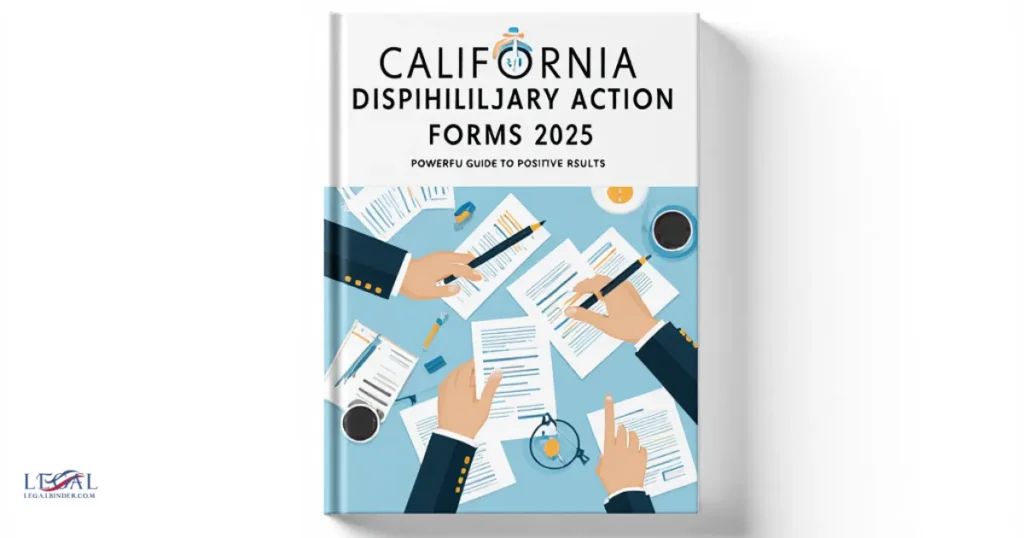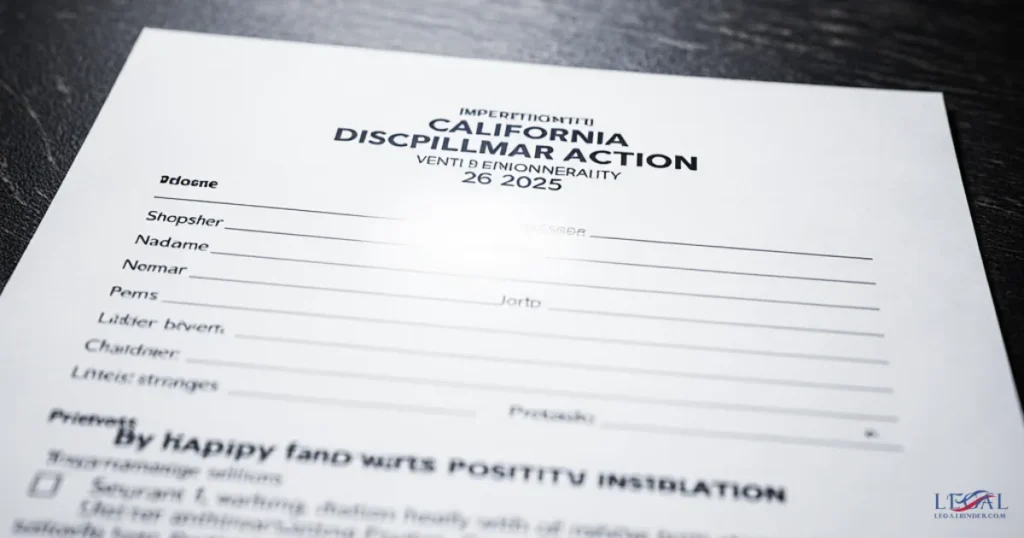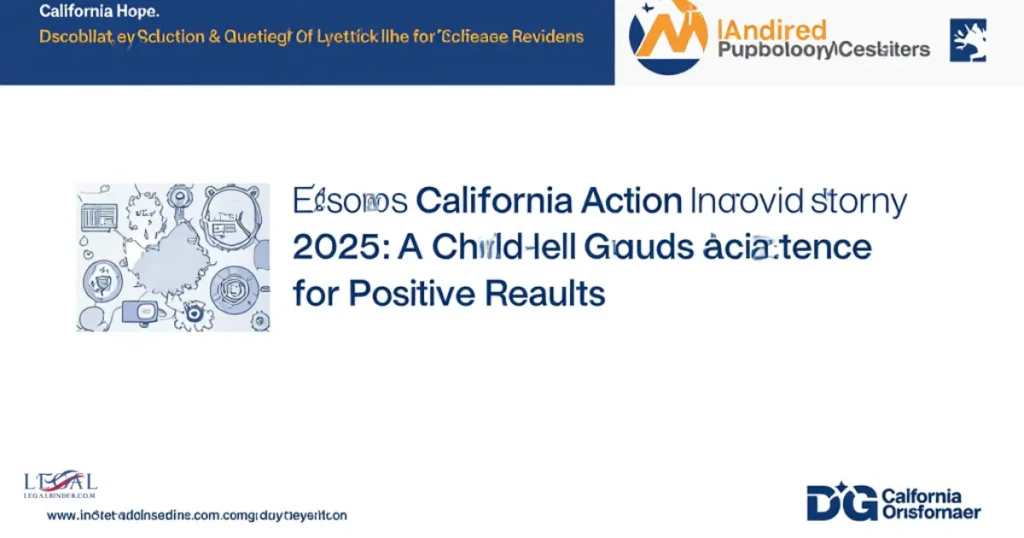Physical Address
304 North Cardinal St.
Dorchester Center, MA 02124
Physical Address
304 North Cardinal St.
Dorchester Center, MA 02124

Handling employee performance issues can be challenging. You want to maintain productivity, ensure fairness, and stay compliant with California employment laws. This is where California Disciplinary Action Forms become essential tools. They help you document incidents, communicate expectations, and take corrective actions effectively. Proper use of these forms can protect your organization and guide employees toward improved performance.

In this article, you’ll learn everything you need to know about using California disciplinary forms—how to draft them, when to use them, and best practices for compliance. For more resources, visit our homepage at USALegalBinder.com.
Include employee name, job title, department, and supervisor for accurate records.
Document the date, time, location, and specific details of the incident or behavior.
Outline expectations, deadlines, and any training or coaching required for improvement.
Both employee and supervisor signatures ensure acknowledgment of the form and action taken.
While California is an “at-will” employment state, it is critical to document any disciplinary actions to protect against legal claims related to discrimination, harassment, or wrongful termination. Consistent and well-documented use of forms demonstrates fairness and due process.
Useful resources: California Department of Industrial Relations (DIR) and California Department of Fair Employment & Housing (DFEH).
Apply the same disciplinary criteria across all employees to avoid bias and disputes.
Focus on specific behavior or performance issues rather than personal opinions.
Document incidents soon after they occur to ensure accuracy and reliability of information.
Use the corrective action section to clearly outline what is expected from the employee moving forward.
Keep forms and related documentation secure to protect employee privacy and comply with regulations.

No, but using them is strongly recommended for legal protection and clear communication.
Yes. Record the refusal on the form; the signature acknowledges receipt, not agreement.
Review regularly to ensure consistency and to track employee improvement over time.
Yes. Well-documented forms provide proof of consistent and fair treatment in disputes.
California Disciplinary Action Forms are essential tools for maintaining fairness, compliance, and effective performance management. When used consistently, they help you correct behavior, document incidents, and support employees in achieving improvement.

Take the time to implement clear, well-structured forms in your organization. For additional guidance, refer to the California Department of Industrial Relations and DFEH. For templates and detailed resources, visit USALegalBinder.com.